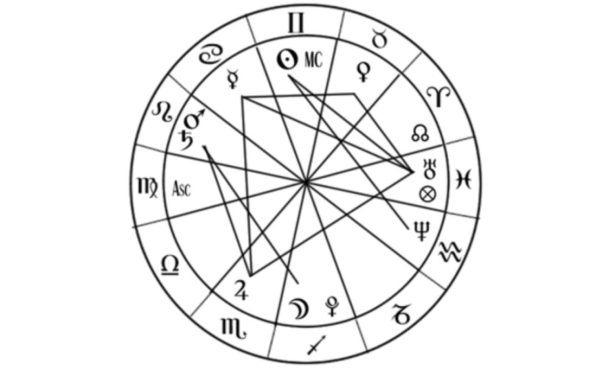The Ethically Chic Conflict-Free Diamond
Avoid Buying Gems Mined in Conflict Zones
Exchanging rings is a centuries-old, worldwide tradition that symbolizes a courtship turned betrothal, and the classic sparkle of a diamond set in a gold band is the enduringly popular style favorite in Western culture. Thanks to the mega-successful De Beers advertising campaign of the 1940s, if Americans know anything about a diamond, it’s that “a diamond is forever,” making the gems an appealing choice to symbolize an amorous romantic bond. But diamonds also carry a decidedly unromantic association with violence and violation: Mining operations in conflict zones, where gems are distributed by corrupt governments to fund insurgency, take a deadly toll on their local environment and population.
Diamonds are mined in a variety of regions throughout the world, and the business practices of the mines differ greatly depending on the country’s labor and environmental regulations — and how strictly management adheres to those rules. “Blood diamonds,” or “conflict diamonds,” are stones excavated from exploitative operations, such as those that use child labor, unregulated labor practices, and procedures deleterious to the environment, or any mine used as a cash cow to finance violence, civil unrest, and war.
In an effort to curtail the human-rights and environmental violations perpetuated by the unchecked mining industry, the United Nations established the Kimberley Process Certification Scheme in the early 2000s. The Kimberley Process is designed to prevent conflict diamonds from entering the market by requiring diamond buyers and sellers to adhere to ethical sourcing practices. These laws set a market standard, making it easier for consumers to confidently purchase an ethically sourced stone. A Kimberley Process–certified diamond has, theoretically, been legitimately mined, shipped, and purchased by the retailer — and should have the paper trail to prove it. But, as with any regulation, the Kimberley Process isn’t foolproof, so it’s wise to dig a bit deeper when investing in a diamond.
Once you’ve found your diamond, ask questions about the source of the stone. The sales associate may not know details, but the business owner will. Reputable jewelers will be able to trace their diamonds all the way back to the mine. Ask to see the jeweler’s company policy (in writing) about adherence to the Kimberley Process. Commonly, jewelers in the United States are prepared for the demand for ethically sourced stones and willingly offer the information in their company literature.
Don’t be afraid to push for details, especially if the jeweler or sales associate is cagey about any point in their supply chain. Diamonds from Canada, Australia, South Africa, Namibia, Botswana, and Russia are generally in alignment with ethical policies; avoid diamonds from Zimbabwe, Angola, and Côte d’Ivoire, which are often derived from regions of insurgency or use mining practices that don’t adhere to the Kimberley Process’s mandate for responsible environmental and labor protocols. And while you’re researching your gem, don’t forget to check the source of your ring’s gold: Make sure it’s recycled or fair trade. Finally, it’s always a good idea to double-check the quality of your stone by getting it analyzed at an independent gem lab.
There are also a number of alternatives to the traditional diamond, such as synthetic diamonds, a variety of colorful gemstones to match any personality, or recycled diamonds from antique jewelry. Ask your jeweler about these options, as they might align well with your budget or taste.



